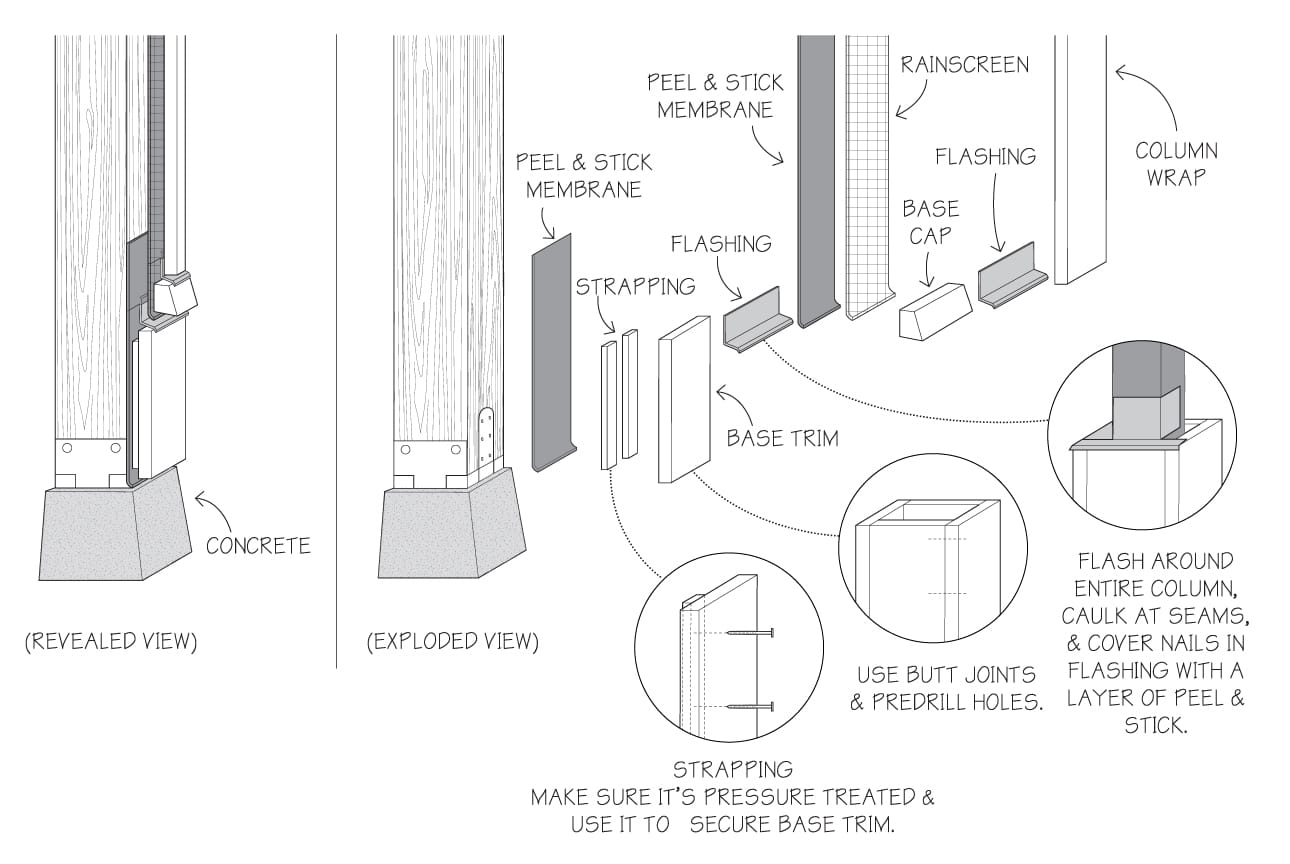
Silverton 352 2002 owner manual. Open Library is an initiative of the Internet Archive, a 501(c)(3) non-profit, building a digital library of Internet sites and other cultural artifacts in digital form.Other projects include the Wayback Machine, archive.org and archive-it.org.
Omar Henderson Date: 2006-04-27 13:53 The size and configuration of the bore is the primary consideration for tone hole size. The size and placement of the tone holes is a complex interaction of the amount of energy (probably not the right term but involves the volume, speed, and frequency of the fluctuating air column) at the given point of tone hole placement. Hole upwards and from the D-sharp tone-hole downwards. The area of difference is the body-joint where the essential differences are the use of fractionally larger tone-holes and, as a consequence of this, different tone-hole placing. The scale is in effect slightly longer because the larger holes sound higher and the holes are moved downwards to. Air column) tuned to the fundamental (closed on one end so it can produce the same notes as open tubes of double the length only odd harmonics they do not amplify the even harmonics of the marimba bars – tubes for the lowest notes are rectangular – the material resonates inharmonically). The air in and near the tone hole has mass. For a sound wave to pass through the tone hole it has to accelerate this mass, and the required acceleration (all else equal) increases as the square of the frequency: for a high frequency wave there is little time in half a cycle to get it moving.
Air Columns And Tone Holes Pdf Free Online
Qualitative appreciation of the effects of geometric parameters of the mouthpiece on brass instruments' playability (data from www.dannychestnut.com, 30 April 2015)
Air Columns And Tone Holes Pdf Free Pdf
Inner diameter | Smaller | High register easier to reach, better fit for smaller embouchure | Tendency to play sharp, thinner, with a more brittle tone, and lack of endurance |
Larger | Low register easier to reach, better fit for larger embouchure Cyberlink media suite essentials dell center. | Tendency to play flat, darker, with a fuzzy tone, and lack of endurance | |
Rim thickness | Thicker | More endurance, better for thin lips | Less response and flexibility |
Thinner Foxit phantom. | Better response, more definite placement, better for thick lips | Less endurance | |
Rim contour | Flatter | More endurance, more stability | Less response and flexibility |
Rounder | Better response, more definite placement | Less endurance | |
Crown | Higher | Better response, more definite placement | Less endurance |
Lower | More endurance | Less response | |
Rim bite | Sharper | Better response | Less endurance |
Rounder | More endurance | Less response | |
Cup | Shallower | High register easier to reach, better fit for smaller embouchures | Thinner, brighter tone |
Deeper | Low register easier to reach, better fit for larger embouchures, bigger, darker sound | Darker, fuzzy tone | |
'C' | Bigger, darker sound with more warmth | More resistance, larger volume of air to control | |
'V' | Brighter sound, more projection | Less resistance, thinner sound | |
Throat | Larger | Less resistance, darker sound | High register harder to attain, fuzzy sound |
Smaller | Brighter sound, more projection | More resistance, thinner sound | |
Bore | Larger | Less resistance, darker sound | High register harder to attain, fuzzy sound |
Smaller | More resistance, brighter sound | Stuffy, thinner sound | |
Backbore | Larger | Less resistance, darker sound | High register harder to attain, fuzzy sound |
Smaller | More resistance, brighter sound | Stuffy, thinner sound | |
Mass | Less | Increased projection, response, comfort | Thinner sound |
More | Intensify, darken, and stabilize tone | Decrease projection and response |
